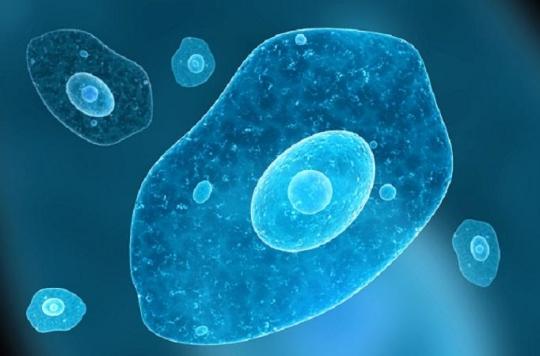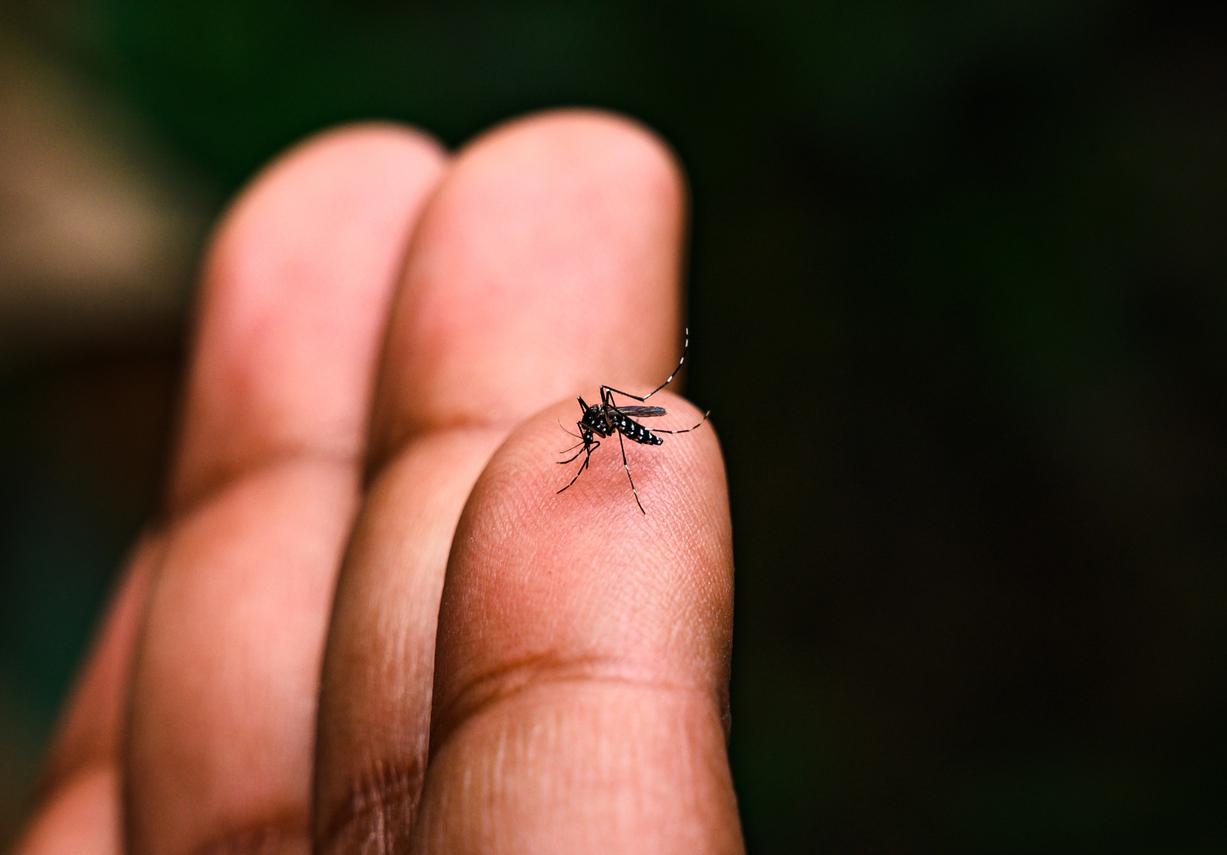Amoeba, single-celled organisms, can play a key role in the survival and spread of deadly plague bacteria.

The plague bacteria survive, thrive, and replicate when ingested by an amoeba. The discovery could help scientists understand why plague outbreaks can smolder and suddenly reappear.
The plague – the most famous dating from the 14th century – continues today. It is experiencing a resurgence, mainly in sub-Saharan Africa. Elsewhere, such as Colorado, animals carry fleas that harbor the bacteria. Outbreaks can wipe out entire colonies of prairie dogs and infect both humans and pets. Ubiquitous in soil and water, amoebae can be ideal hosts for plague bacteria when they infiltrate the soil.
The amoeba: the ideal host
To test the theory, Dr. Markman and his teammates donned protective suits and collected soil samples near the plague outbreaks. The researchers isolated different species of amoeba and tested whether the bacteria survived ingestion by the different amoebae. In the lab, the plague bacteria lived inside the amoeba for up to 48 hours. “The bacteria weren’t just hanging around, they were surviving inside the amoeba as well as reproducing ” describes Dr. Markman.
The next step for scientists is to explore the plague survival time in amoebae, as well as the risk that amoeba resuscitates plague bacteria years later.
.















